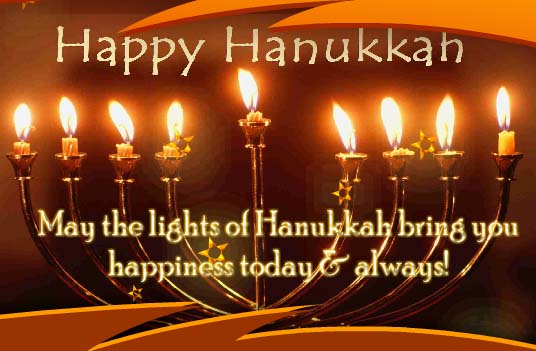La  marque la célébration de deux événements importants pour l’UIT (Union Internationale des Télécommunications). De la naissance du télégraphe aux communications par satellite et à l’Internet, en passant par la radiodiffusion sonore et télévisuelle, les travaux de l’Union ont contribué à tirer parti des potentialités scientifiques et technologiques pour répondre à un besoin fondamental de l’homme, celui de communiquer.
marque la célébration de deux événements importants pour l’UIT (Union Internationale des Télécommunications). De la naissance du télégraphe aux communications par satellite et à l’Internet, en passant par la radiodiffusion sonore et télévisuelle, les travaux de l’Union ont contribué à tirer parti des potentialités scientifiques et technologiques pour répondre à un besoin fondamental de l’homme, celui de communiquer.
Le chainon manquant
Toutefois, nous nous sommes rendu compte que tout le monde ne profitait pas des retombées socio-économiques des télécommunications. En 1985, l’UIT publiait le fameux rapport Maitland, intitulé « le Chaînon manquant », dans lequel, pour la première fois, était clairement définie la fracture numérique. Depuis lors, l’Union oeuvre résolument à mettre les avantages des technologies de l’information et de la communication (TIC) à la portée de toute l’humanité.
Créer une société de l’information équitable: il est temps d’agir
En 2003, l’UIT a tenu le tout premier Sommet mondial sur la société de l’information, à Genève. A l’issue de la première phase de cette rencontre, 175 pays ont approuvé une Déclaration de principes et un Plan d’action qui préconisent un accès universel et abordable aux TIC. La seconde phase du Sommet, qui aura lieu en novembre prochain à Tunis, permettra de mesurer les progrès réalisés pour atteindre les objectifs précis fixés à Genève. Ce sera également l’occasion d’appeler les parties prenantes à transformer la volonté politique exprimée lors de la première phase en engagements à long terme.
Pour contribuer à attirer l’attention du monde entier sur l’importance de cette mission, les Membres de l’Union ont choisi cette année le thème suivant: Créer une société de l’information équitable: il est temps d’agir.
 About May Day/Labor Day
About May Day/Labor Day In many countries, the May 1 holiday was obtained by trade union agitation supported by socialist parties. However, in Germany where such agitation had proved fruitless, it was instituted in 1933 as a gift from Hitler, being promptly followed by the abolition of trade unions. In the United Kingdom, a May Day Bank Holiday was instituted in 1978 for trade unionists to celebrate, but was held on the first Monday in May to minimize the damage to business.
In many countries, the May 1 holiday was obtained by trade union agitation supported by socialist parties. However, in Germany where such agitation had proved fruitless, it was instituted in 1933 as a gift from Hitler, being promptly followed by the abolition of trade unions. In the United Kingdom, a May Day Bank Holiday was instituted in 1978 for trade unionists to celebrate, but was held on the first Monday in May to minimize the damage to business.

 Nowadays, people do not speak much about kingdoms; these political systems are somehow a legacy from the past. Kings and queens are still respected in many places, but their role is mostly ceremonial – the real power is in the hands of presidents and prime ministers. The people want to see themselves as citizens who can elect their leaders.
Nowadays, people do not speak much about kingdoms; these political systems are somehow a legacy from the past. Kings and queens are still respected in many places, but their role is mostly ceremonial – the real power is in the hands of presidents and prime ministers. The people want to see themselves as citizens who can elect their leaders. 

